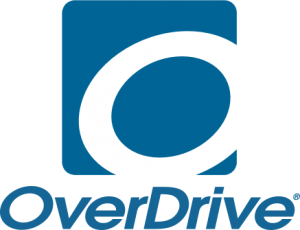A couple of months ago I went to a workshop at the Henry Grube Education Centre put on by Andrea Wallin and Melissa Hunter on helping students to develop stories by playing with loose parts and prompts. Story Studio. Drawing from the book StoryMaking, we explored several ways to engage students more deeply with story creation. Normally these kinds of elementary focused workshops are hard to translate into lessons or projects for secondary students, but I had seen the power of using loose parts at our Battle of the Books competition last year, so I had a few ideas.
Before I could really put anything together, COVID-19 happened and we were suddenly faced with a different way to teach and learn. When I asked my grade 8s what they wanted to do, they said they didn’t want to spend all of their learning time on the computer. I decided that this would be a good opportunity to give story making a try. We began with our own version of the Ishi book. This was something that we had tried at the workshop, and it made for a great way to assess my students’ tech skills as well as help them adjust to this emotionally challenging time. The results were fantastic!

Although the idea for story making is for students to make stories, this seemed like an ideal time to modify the approach for a final project on the novel we were just finishing, The Lost Hero, by Rick Riordan. I wanted them to analyze a scene from the story and then write about it. Building a model seemed like a fun way to begin.
I quickly realized two things: I needed to model every aspect, and more importantly, they needed to do more that just build a model and write about it. I didn’t want a summary of the scene, and that’s what would have happened if I hadn’t remembered a key part of our workshop where we used post it notes to add ideas and questions to our loose parts. I wanted students to really question perspective in their scenes – what did people know, hide, secretly wish? Were there people or opinions missing? What did different characters think about each other and the situation? With some great feedback from Andrea and Melissa, the final project came together.



When students began building their models and reflecting on their scenes, it was so exciting to see how they were paying attention to details and using their post it notes to ask really thoughtful questions. I believe that it was this use of interrogating their model that lead to some wonderful, deep thinking, as well as creating the visual that so tangibly showed relationships.

I feel that this use of story making could be so useful in other secondary level courses and assignments: modelling and interrogating an historical event, choosing and building a moment for a memoir, analysing dense stories, or even creating a new one – the original idea for the workshop.
In creating this assignment I put together several videos for my students that modelled every stage of the process, as well as videos, example outlines and even a final written piece (which was much longer than I had initially wanted so it became our A+ model). If anyone reading this blog wants to view any part of the assignment, examples or videos, please contact me. I am happy to share it all!
Works Cited
Compton, Michelle K., and Robin C. Thompson. Storymaking: The Maker Movement
Approach to Literacy for Early Learners. 2018.
Riordan, Rick. Heroes of Olympus, The, Book One The Lost Hero. Disney-Hyperion, 2010.
Yabuki, Akiko. ISHI A Solid Rock, www.ishitherock.com/.






















